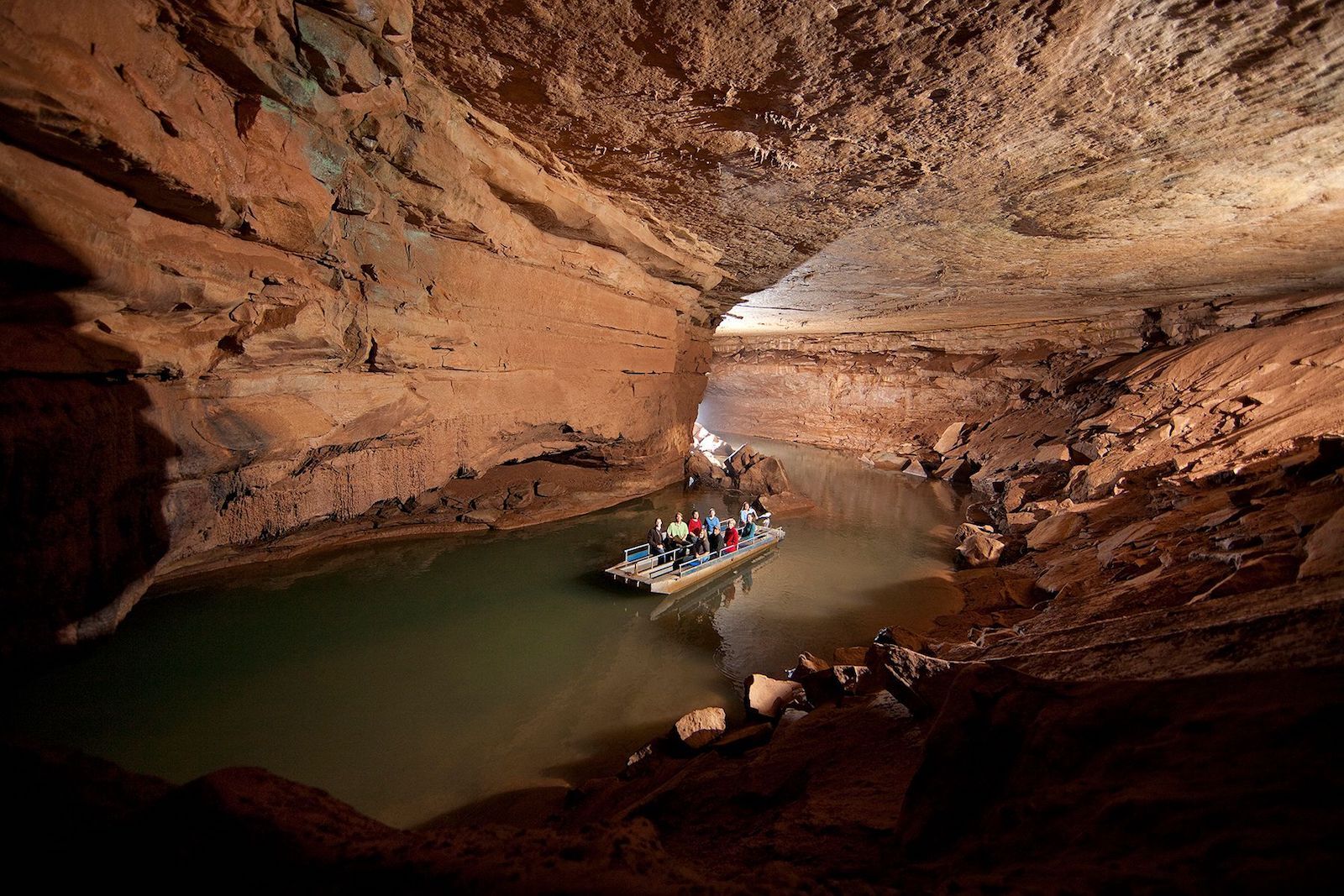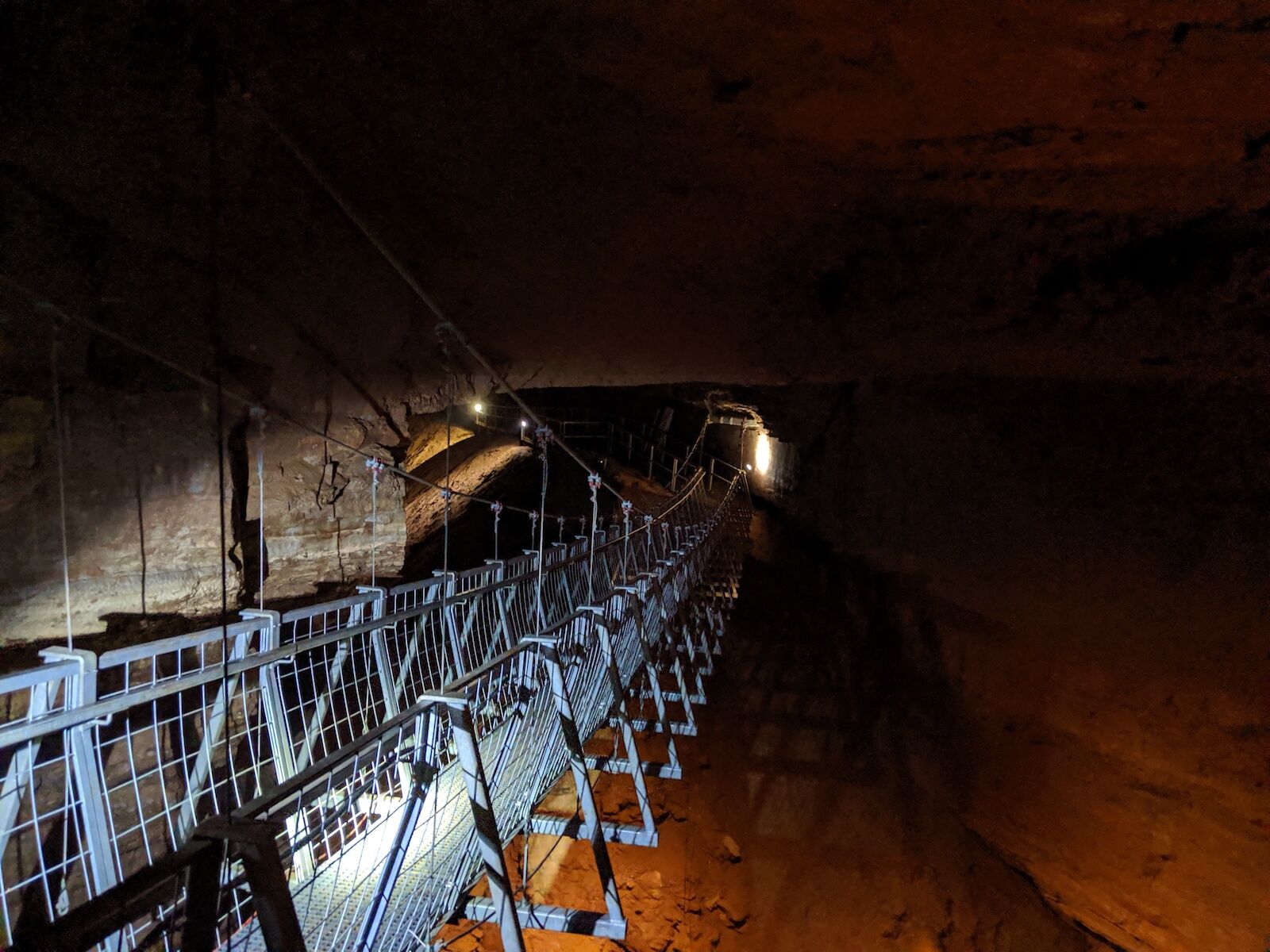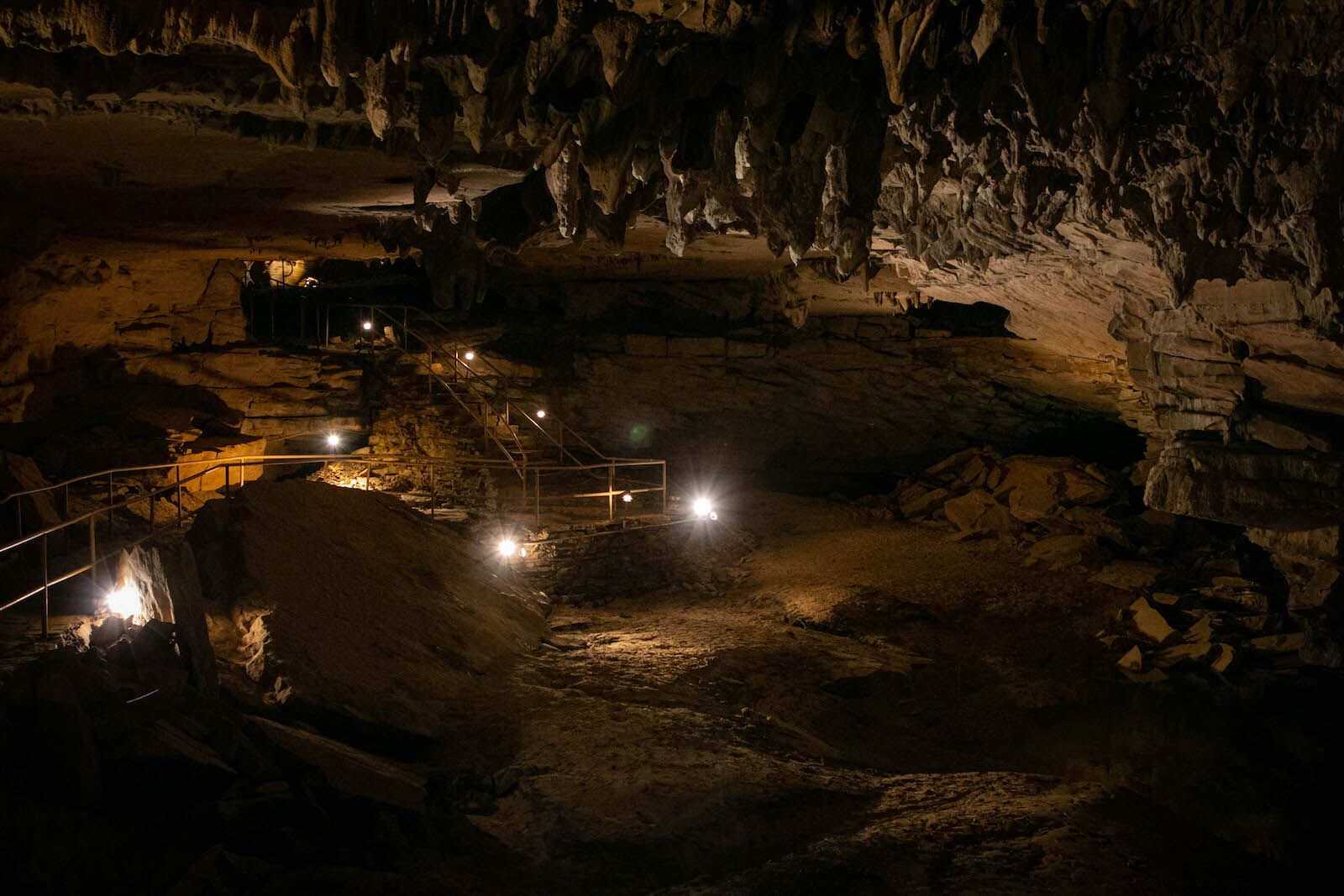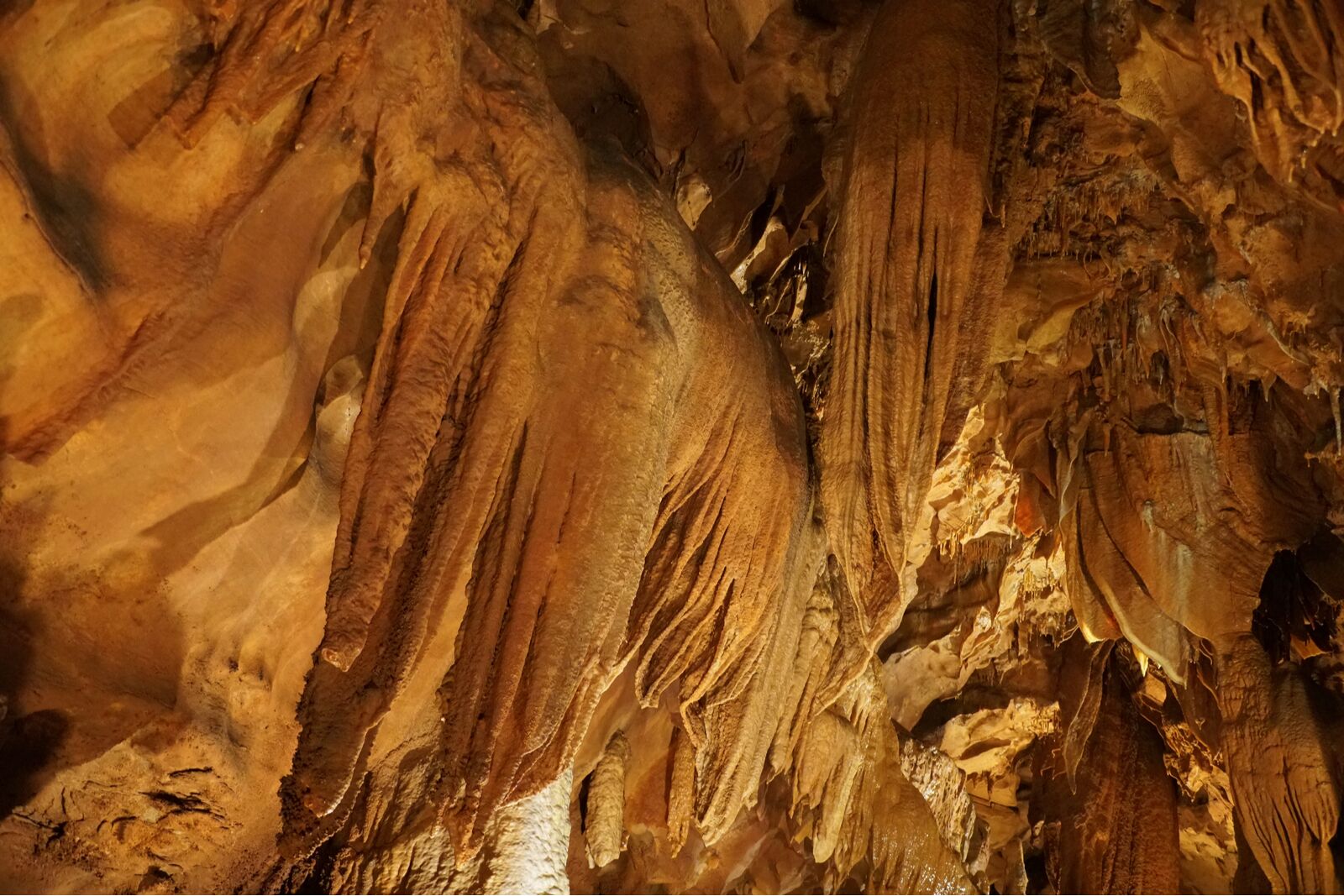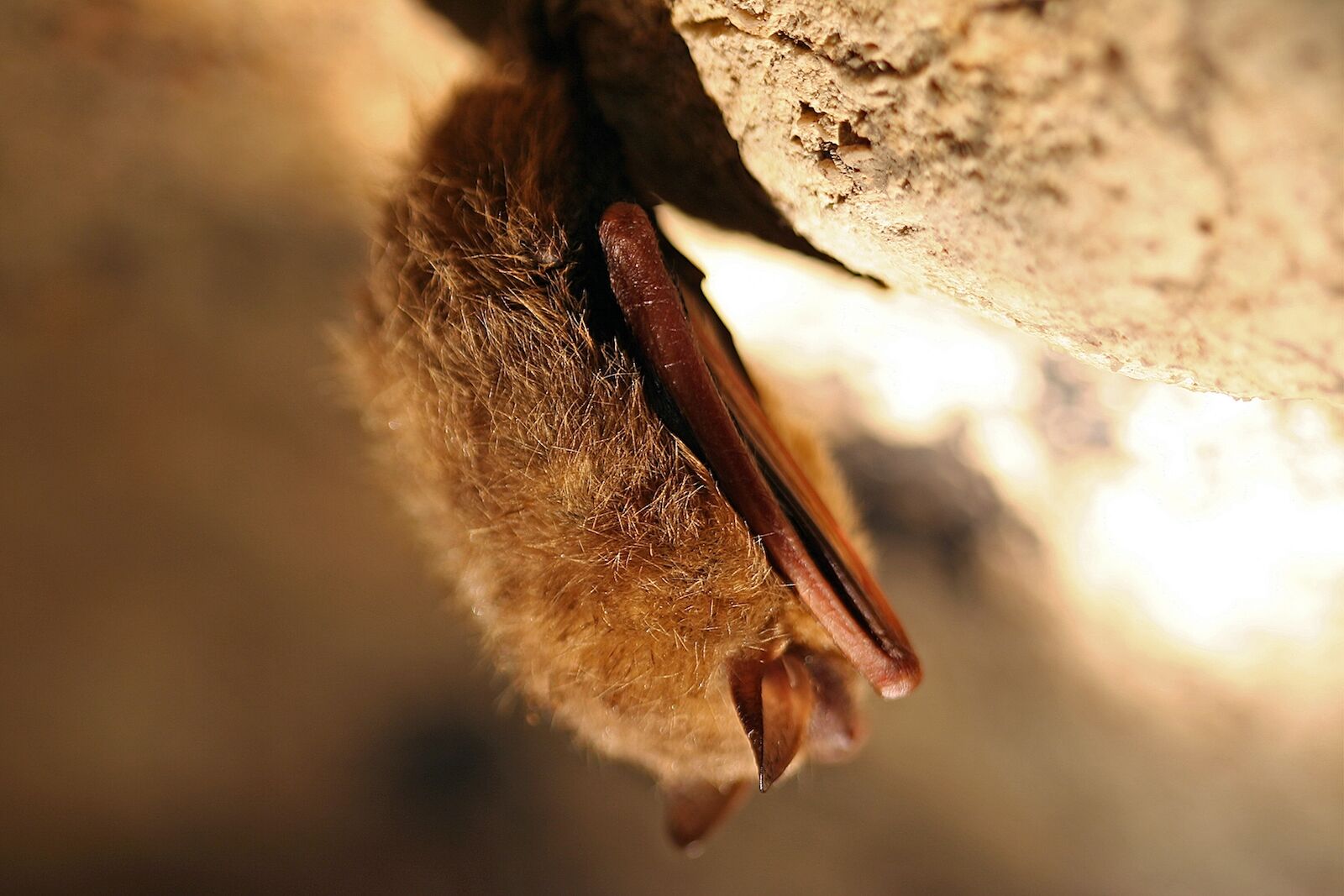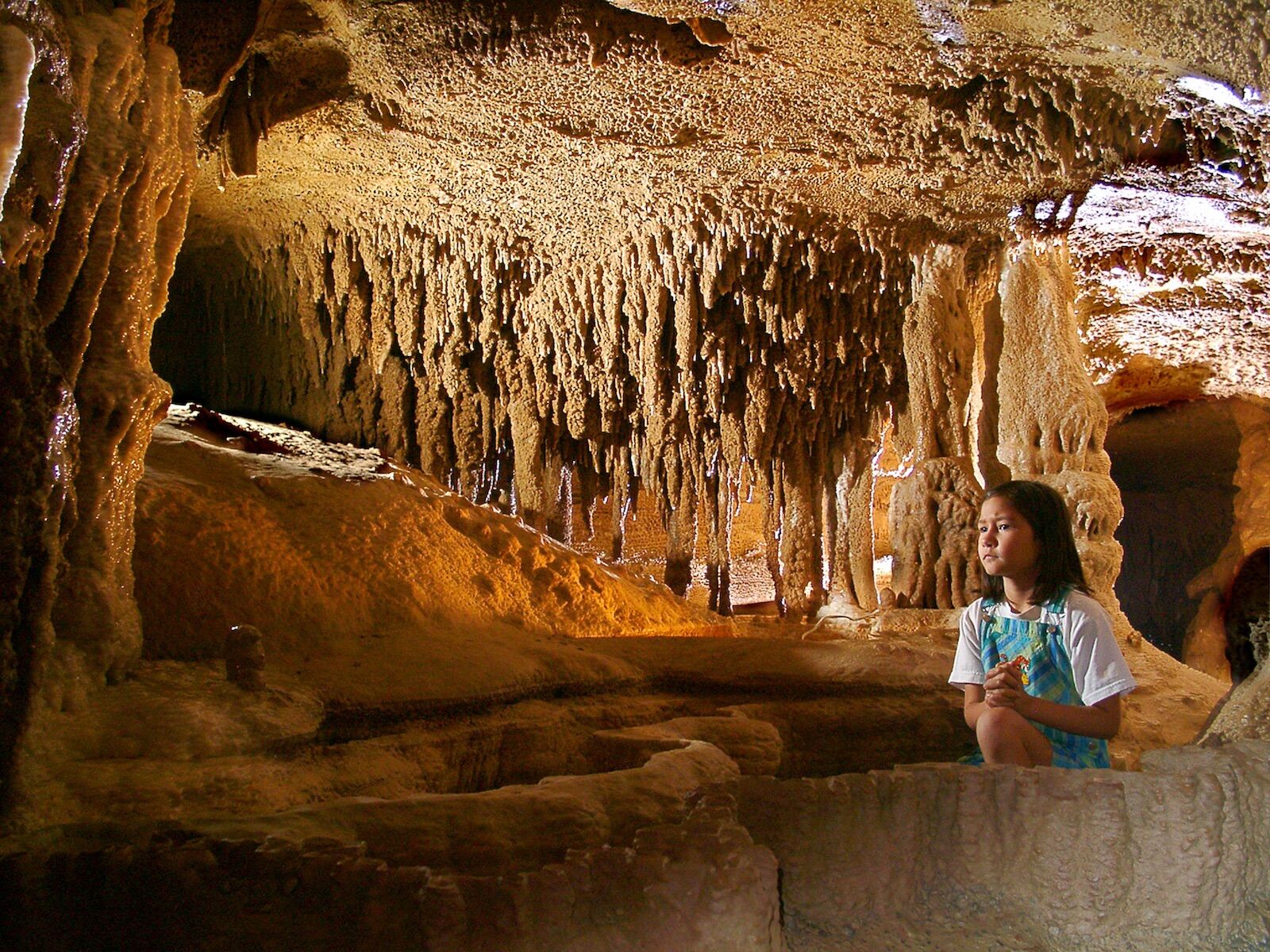Kentucky is synonymous with a few classic all-American staples: the Kentucky Derby, fried chicken, and baseball bats. So threatening your Derby betting bookie with a Louisville Slugger while simultaneously chowing down on KFC might sound like the ultimate Kentucky experience. You would, however, be missing out on one of the most beautiful and underrated pastimes in the state: exploring the many caves in Kentucky.
Thanks to a unique topography and significant underground erosion, there are more than 130 caves in Kentucky. These caves have served a variety of purposes, from criminal shelters to burial sites and places for medicinal research. Today, many are open for visitors.
Mammoth Cave National Park is the state’s largest and most well-known cave system, with over 412 miles of mapped caverns, but there are plenty of other subterranean grottos just waiting to be explored. From the Outlaw Cave where Jesse James once hid to the surreal, glittering rock formations in Diamond Caverns, these are the must-do adventures in caves in Kentucky.

